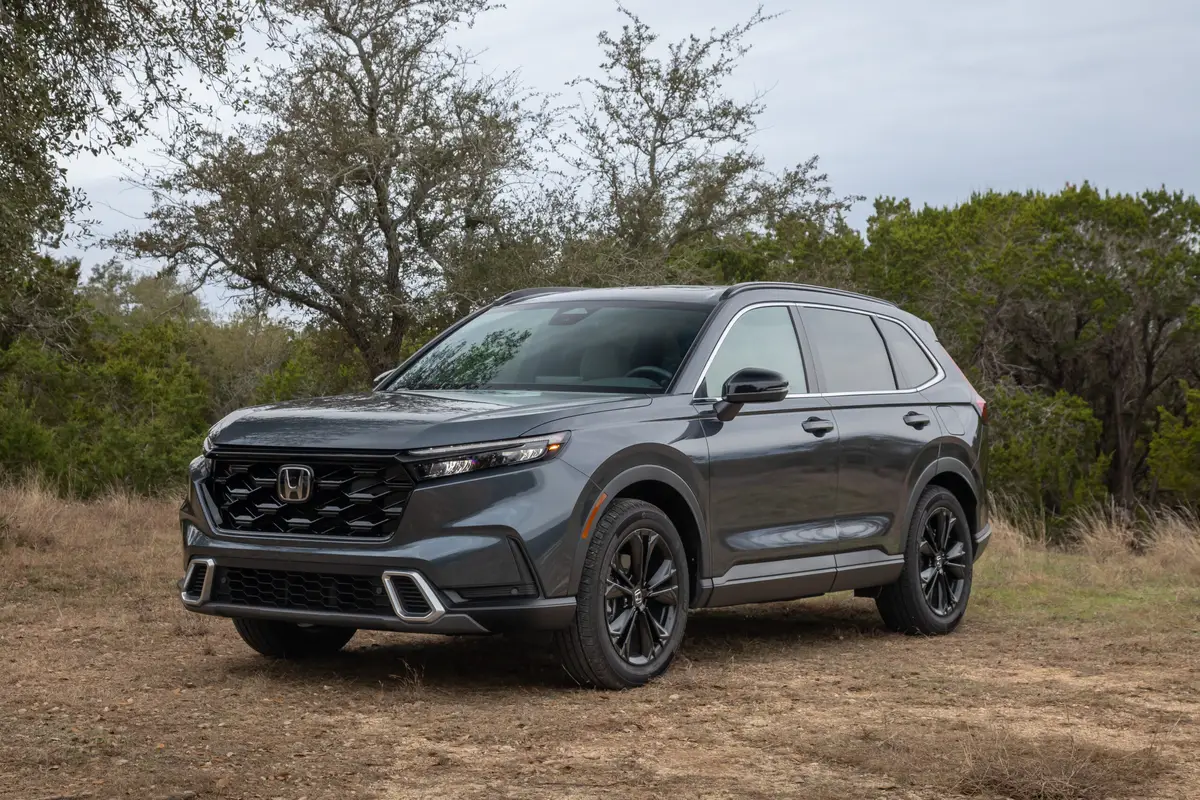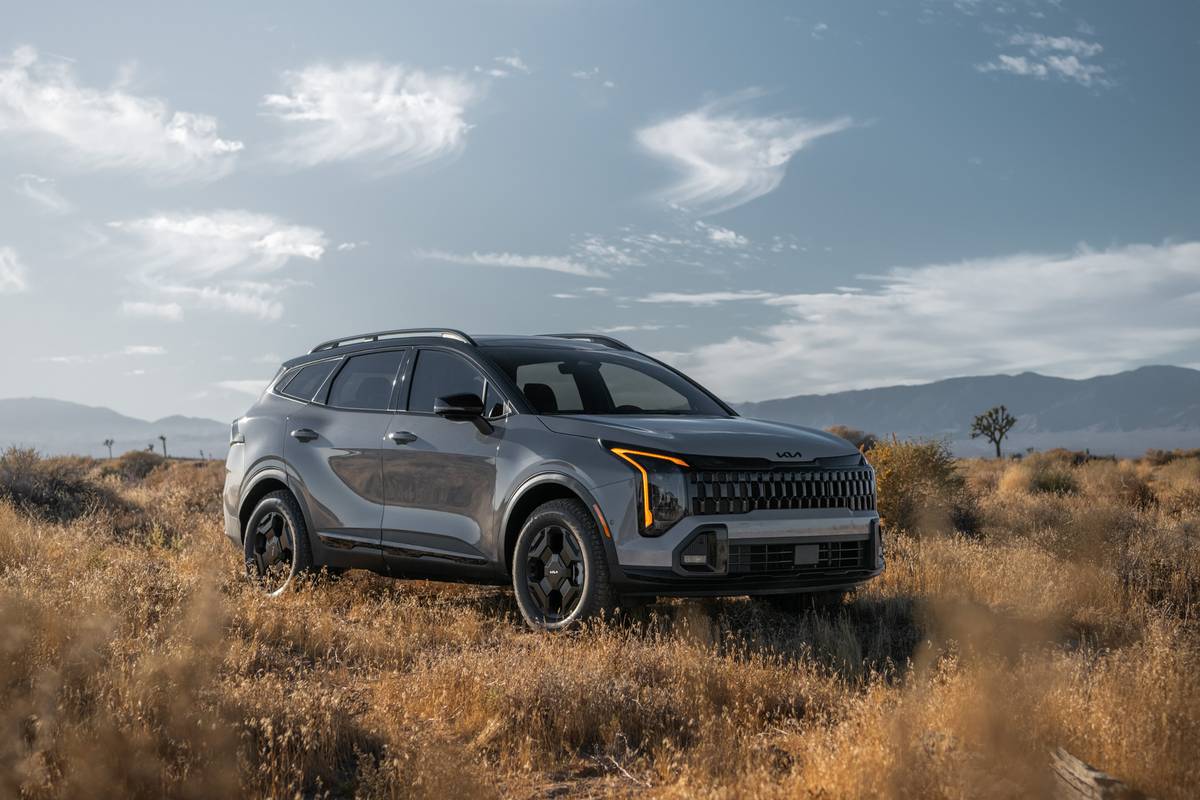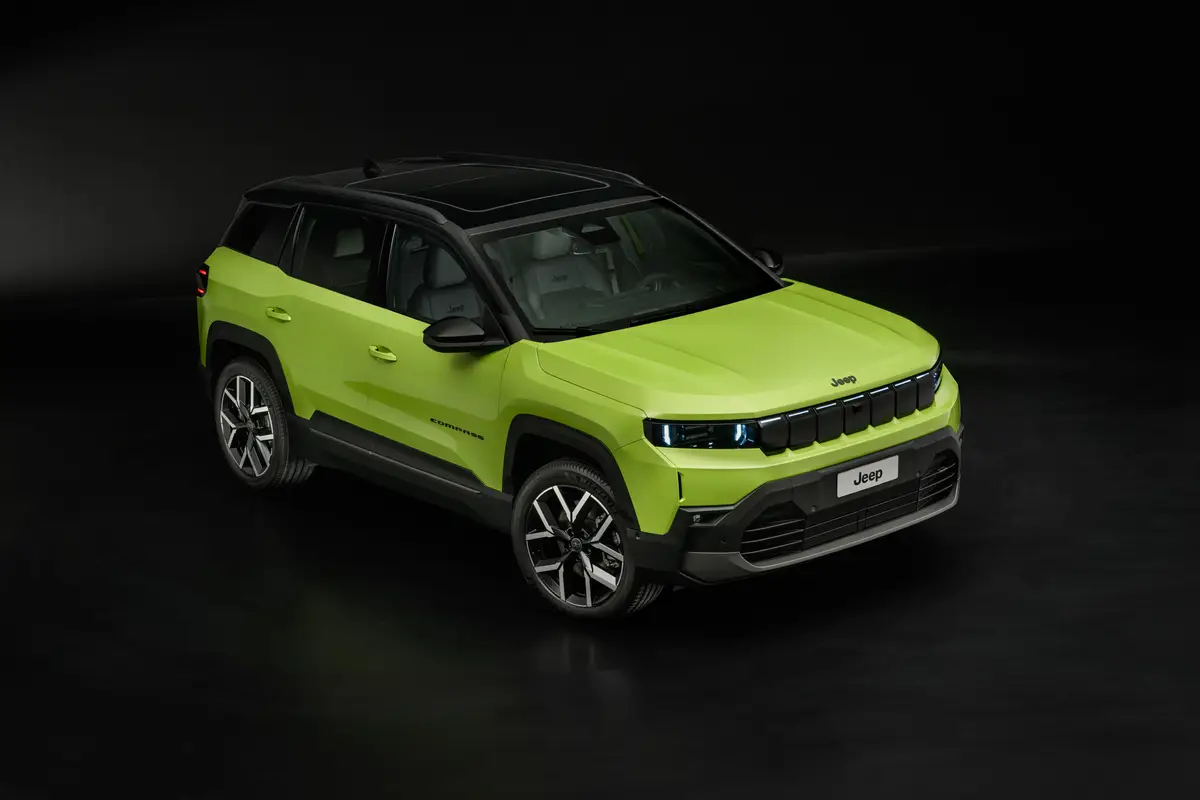TheMercuryNews.com's view
Saab is in trouble, and its answer, here in the United States, is the new 9-3 sport sedan.
I’m not sure it’ll be enough.
Automotive News reported recently that two General Motors executives have been installed to put together an emergency turnaround plan for the Swedish automaker, which is expected to lose $504 million this year. Saab is owned by GM.
The company now says it hopes to sell 200,000 vehicles a year worldwide by 2005, down from the 250,000 previously predicted. This year, it’ll sell 125,000 cars, down from its 140,000 forecast. U.S. Saab sales, 32,290 so far in 2002 and far behind its rivals, remain a disappointment.
The company has dropped plans for made-in-Scandinavia brand centers in major U.S. cities, including one in San Francisco.
Into this turbulent atmosphere comes the new 9-3 sedan. When your company sells only two products — the more expensive 9-5 series is the other — a new version always is important. This time, it’s crucial to Saab’s future.
Available now, the new 9-3 comes in one body style, a four-door sedan. Gone is the quirky hatchback styling, replaced by a bland European look that doesn’t turn heads. Only the unusual paint color of our test car — a milky blue that Saab calls dolphin gray — got any comment from onlookers.
What buyers won’t find, for now, are all-wheel-drive or wagon versions of the new 9-3. They’re coming, but not now. All of its rivals — BMW, Mercedes, Volvo and Audi — offer all-wheel drive sedans and wagons. Gone, too, is a high-performance Viggen version, as was available in the previous-generation 9-3. And while the popular 9-3 convertible remains in the Saab lineup, it’s a carry-over from 2002.
Even worse, what’s available until early next year is the most timid configuration of the new 9-3. Called Linear — Saab says its trim-level designations connect its cars to an architectural mindset — it comes with a turbo-charged, 2.0-liter four-cylinder engine that makes only 175 horsepower. That’s comparable to the performance of the five- or six-cylinder engines found in comparably priced European sedans, Saab says, but I think many American buyers prefer the familiarity of a V-6.
Early next year, Arc and Vector versions of the 9-3 sedan with 210-horsepower four-cylinder engines, six-speed manual transmissions and 300-watt stereos arrive. Perhaps, at that point, Saab’s near-future will be more secure.
What’s here now is a pleasant enough ride. Indeed, on a long road trip from Fremont to Las Vegas, the new 9-3 proved a comfortable companion with a solid ride, plenty of power for those never-ending stretches of I-5 and I-15 and a fine stereo.
The Linear comes with some luxury touches — leather seats, a trip computer, that stereo — and a nice complement of safety features, from stability-control and traction-control systems, front and rear side-curtain air bags and a year’s worth of OnStar’s Safe&Sound te lematics package.
Tired of being known for its hatchbacks, and realizing that Americans mostly hate them, Saab stylists went for a less distinctive body shape. The four-door sedan is nicely proportioned, but it isn’t visually exciting from any angle.
On the inside, the muted color scheme and busy control panel are subtle to the point of innocuous. I like the round, easy-to-read instruments, but a simple task such as changing a radio station proved much more difficult than it needed to be.
(Yes, in perhaps the only nod to its formerly quirky reputation, Saab retains its key-slot-behind-the-shifter ignition.)
The 9-3 is the first car to come to the United States based on GM’s new Epsilon platform. In the near future, it’ll serve as the basis for the next Chevy Malibu, Pontiac Grand Am and other models. GM says it’s a flexible platform that’ll allow the automaker to equip American cars with a more European driving feel. My experience with the new 9-3 says hat’s true.
With a $25,900 base price — destination charge is $625 — the 9-3 Linear is the cheapest Saab sold in America. Saab notes that the 9-3 is cheaper than the BMW 325i sedan, the Mercedes-Benz C240 sedan and the Volvo S60 2.4 sedan, while the Audi A4 1.8T is about $1,000 cheaper.
The Arc and Vector versions of the 9-3 sedan coming next year will sell for $29,995 and $32,495. Prices for the 9-5 sedans and wagons range from $33,995 to $39,350.
Somewhere between the Japanese luxury cars, which have made tremendous strides in recent years to distance themselves from images of gussied-up Accords and Camrys, and the European luxury marques, all of which sell strongly based on quality, safety and image, there might be room for Saab.
But, considering its tiny slice of the market, its financial troubles and the lack of a breakout design, feature or technology with the new 9-3, it seems a daunting prospect.
Latest news

2025 Honda CR-V Hybrid Review: Popular for Good Reason


